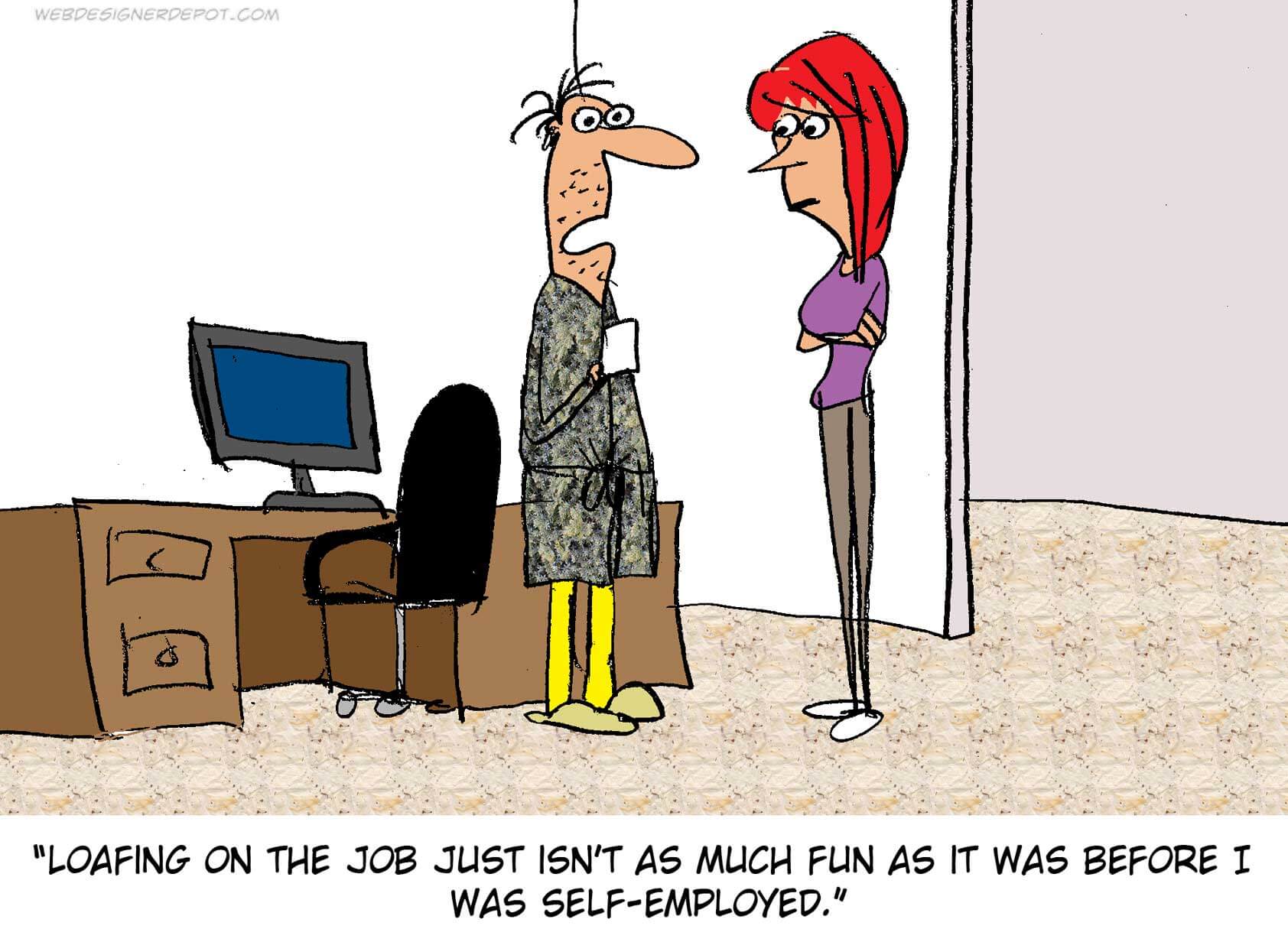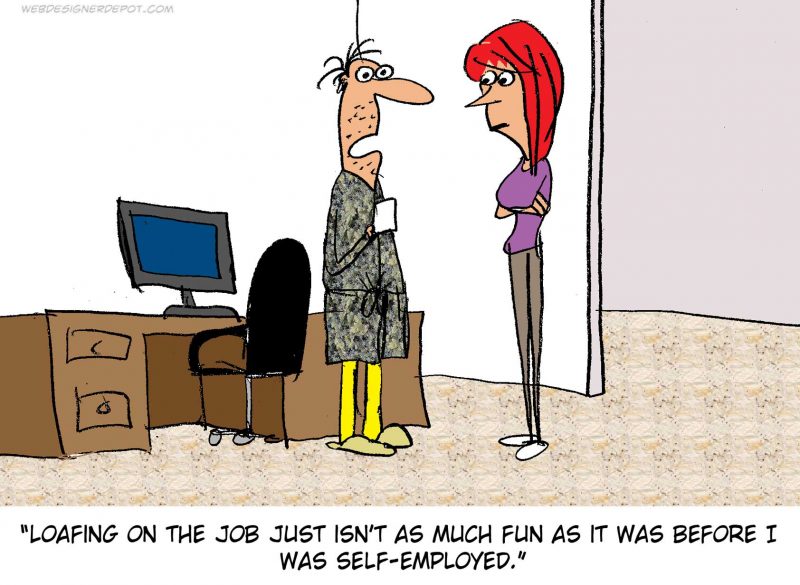

The solution to this dilemma is pretty simple. You can still capitalize on the short-term results generated by team incentive programs and contests. However, you should implement them only as an occasional supplement to the your more permanent, longer-term individual incentive programs and efforts.
Sources
Condly, Clark, and Stoltovich “The Effects of Incentives on Workplace Performance: A Meta-Analytic Review of Research Studies” Performance Improvement Quarterly, 16(3) pp. 46-63

